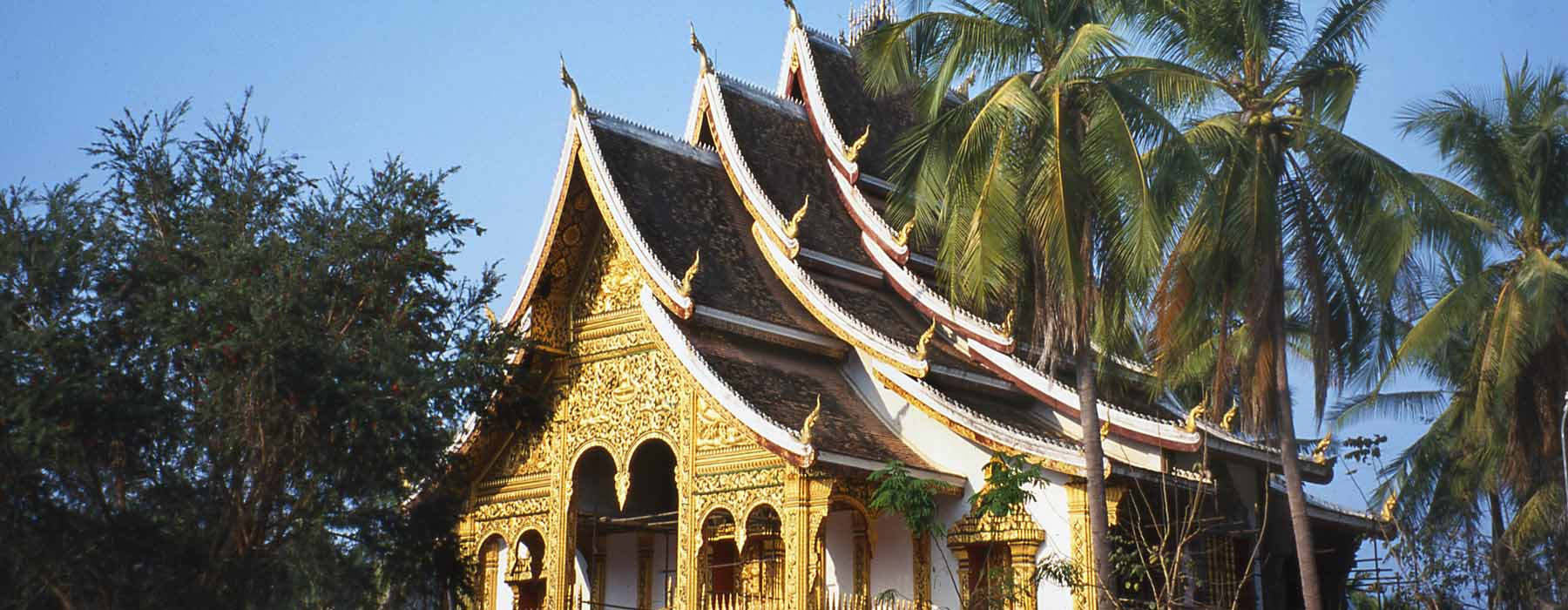An underrated gem in Southeast Asia, the enchanting nation of Laos harbours an air of mystery and intrigue thanks to it being one of the less commercialised destinations in the region. The striking contrast between ancient Buddhist traditions and its more recent heritage as a French colony can be admired in its cuisine, architecture and cultural celebrations. Read on to discover the most important things to know before travelling to Laos.
Money
Laos is predominately a cash-based economy and it is important to carry the local currency, the Lao Kip (LAK), on you at all times. The dizzying amount of zeros found on the notes can be a source of confusion among travellers (10,000 Lao Kip is only about 50p!), so be sure to double check the note you’re handing over before purchasing something, as a 1,000 kip note can easily be mistaken for a 100,000 kip note. The Thai baht and US dollar are also widely accepted. ATMs can now be easily found throughout the country, but if you’re keen to exchange money, it is better to do so at a licensed exchange shop in Vientiane or Luang Prabang. Tipping is not particularly common in Laos; however, many people tip 10% in touristy areas and upmarket restaurants.
Health
Make sure to get your vaccinations up-to-date before you head off to Laos, as there are several unwanted diseases present throughout the country, such as tuberculosis and Japanese encephalitis. Unfortunately, there is not yet a vaccination for Dengue fever, a mosquito-borne illness found throughout Southeast Asia, so it’s important to protect yourself from getting bitten by covering up and using insect repellent. You should seek medical assistance if you have a mosquito bite and spot any of the early symptoms of Dengue fever, which include muscular pains, fevers and nausea.
Safety
While Laos is one of the more remote and less-visited nations in the region, the question of safety is much the same as in the popular neighbouring countries of Thailand and Vietnam. Opportunistic crime, such as petty theft and bag snatching, is something to be aware of in touristy sites and urban areas. In the countryside - especially in Xieng Khouang Province and around the Plain of Jars - the main concern is unexploded bombs and missiles leftover from the USA’s attempt to destroy the Ho Chi Minh Trail, a supply line between Laos and Vietnam used by guerrilla groups during the 1970s. While this may sound shocking, you can rest assured that the tourist areas have been successfully cleared of all landmines, and safe trails are clearly marked with red and white markers. That said, it is important to always hike with a guide and to never explore on your own off the beaten track.
Food and Drinks
Lao cuisine is fiery, fragrant and packed with flavours influenced from Thai, Vietnamese and Chinese cooking, like fish sauce, lemongrass and chilli. Morning markets (talat sâo) and evening markets (talat láeng) are some of the best spots to get a taste of authentic dishes, while the upscale restaurants in the culinary hubs of Vientiane and Luang Prabang offer a high-end twist on traditional recipes. Food hygiene isn’t much of a problem in tourist areas and cities, however make sure to be more cautious in markets and rural areas: stick to bottled water (even for brushing your teeth), avoid fresh milk and dairy products (it is often unpasteurised), peel pieces of fruit before eating and make sure that meat and fish is cooked through. Alcoholic drinks are considered some of the best in the region, so look out for the locally produced lager, Beer Lao, and the clear rice alcohol, lào-láo.
Temple Etiquette
Laos is a Buddhist nation, with the majority of the population following Theravada Buddhism. Temple-hopping is therefore one of the most popular tourist activities, but these are sacred places so it is important to be respectful. In terms of clothing, both men and women are expected to dress conservatively, covering both their shoulders and knees. The temples also operate as a place of worship for the locals, so make sure to be as quiet as possible when exploring and taking photographs. Finally, if you come across a monk, the most polite greeting is a ‘nop’ - a small bow with your hands in a prayer sign



